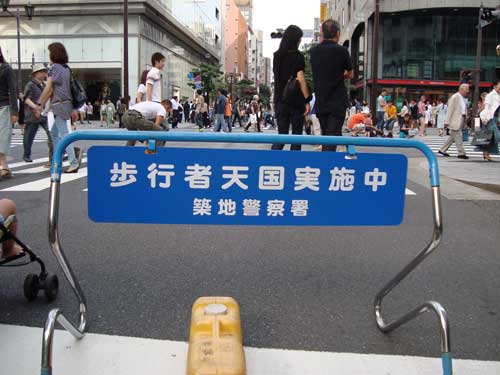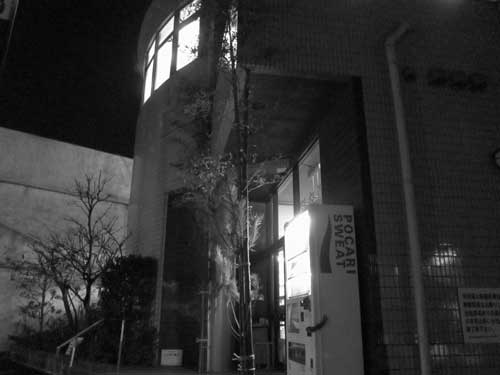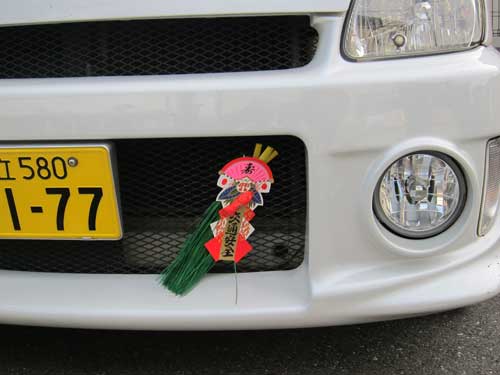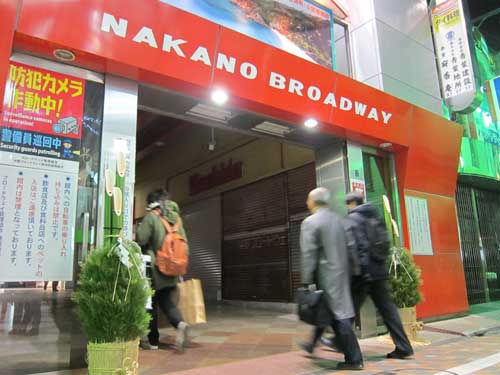
For mature cities, creating green cities involves reclaiming unused and under-used spaces in crowded environments. For Tokyo, that largely means rooftops, walls and streets.

Japan introduced a successful concept called “pedestrian heaven” or hokousha tengoku (歩行者天国) in commercial districts including Ginza and Shinjuku. On weekends and holidays, small stretches of major roads are pedestrian-only. A similar project in Akihabara was discontinued after someon used a car and a knife to attack people in 2008. This is an unfortunate reaction, because in addition to promoting shopping, closing streets provides needed space for recreation, pets, children and walking.
There are just a handful of larger street closures that allow for greater recreation. On Sundays, Uchibori-dori outside the Imperial Palace is closed for a 3.5 kilimoters from 10 am to 3 pm. There’s even a free bike borrowing program. And there’s the Oifuto 9.5 kilometer cycling route near Haneda airport on Sundays.
Government visionaries would do well to consider how to turn more streets into occasional leisure, recreation and community spaces. The world’s largest is in Bogota, Colombia, with two million participants (30% of the population) using 120 kilometers of carfree space. Their “ciclovia” program traces back to the 1980s. This has inspired US cities such as New York and San Francisco to create similar programs.
In addition to these weekend or special event uses of streets, Tokyo could also convert many of its small streets into green alleys, parks and gardens. Tokyo’s side streets are already dominated by pedestrian and bicycle traffic, with very minimal auto usage. Since streets represent by far the largest public shared space in cities, these low auto traffic small streets could be transformed to provide greater human and environmental benefits. It would be great to see some pilot projects with pavement reduction, tree planting, community gardens, pocket parks, native plants, and biodiversity zones.
San Francisco is experimenting with some of these ideas, including a Pavement to Parks project that is creating temporary parks on underused asphalt. These parks, using tree trunks and other recycled materials, have proven very popular, and are part of a broader effort to reclaim public space.
My friend Jane Martin of Plant*SF has sent me some links describing the community benefits of these projects.
http://www.sfgate.com/cgi-bin/article.cgi?f=/c/a/2009/09/18/BA7G19O9P4.DTL
http://sf.streetsblog.org/2009/07/17/san-jose-and-guerrero-plaza-could-mark-triumph-over-deadly-traffic/
http://sf.streetsblog.org/2009/09/08/san-franciscos-two-newest-trial-plazas-nearly-complete/
http://sf.streetsblog.org/2009/08/31/eyes-on-the-street-timber-san-joseguerrero-plaza-gets-tree-stumps/
http://sfpavementtoparks.sfplanning.org/
And lastly there is an interesting SF Streets Blog photo essay about a renaissance in public space in San Francisco.
Given Tokyo’s already high incidence of walking, transit and biking for most urban trips (for work, school, shopping, and leisure), there is no reason Tokyo should not be at the forefront of experiments in turning streets into usable space.






